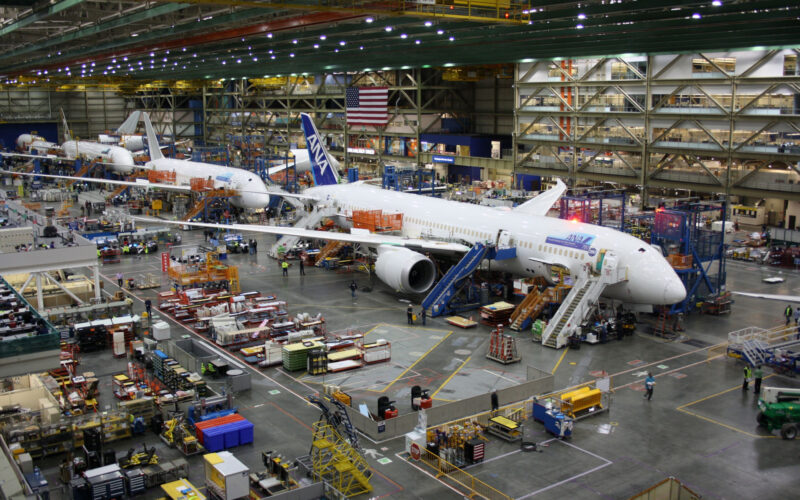In the realm of modern aviation, Boeing is established as one of the most influential and innovative aircraft manufacturers. Among its notable creations are the twin-engine, wide-body Boeing 777, also known as ‘Triple Seven’, and the Boeing 787, known as Dreamliner.
While the two aircraft may seem similar, airlines often choose between them based on their distinct advantages and disadvantages.
In this article, we’ll take on a detailed comparative analysis of Boeing 777 vs 787, highlighting their passenger capacity and experience, technical specifications, price, popularity and safety aspects.
Passenger capacity and experience
Note: there is a 19-year difference in release dates between the Boeing 777 and 787. When evaluating technology and passenger comfort, we analyzed how these parameters compared to those of other Boeing aircraft at their respective release times.
The Boeing 777 offers a range of seating options, from economy to business to first class. Its spacious cabin design makes for a comfortable experience for passengers, even on long-haul flights. The wide fuselage allows for wider seats and larger aisles than any other Boeing aircraft, contributing to a relaxed atmosphere.
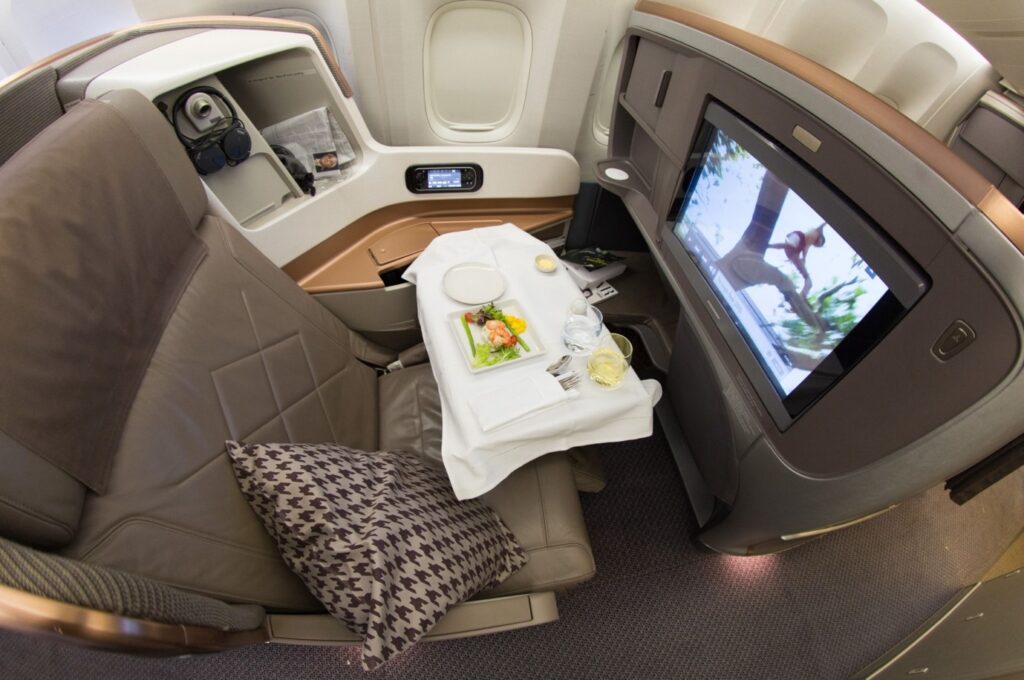
The seating configuration of the Boeing 777 varies depending on the specific model, but it can generally accommodate 392 passengers in a typical two-class configuration. The cabin width is 5.87 m (19 ft 3 in).
The Boeing 787 takes passenger comfort to a new level with its innovative features. The aircraft’s larger windows provide breathtaking views and come equipped with electronic dimming to control cabin lighting. Additionally, the aircraft’s volume of composite materials makes up 80% of its composition. This contributes to a quieter and more comfortable cabin environment.
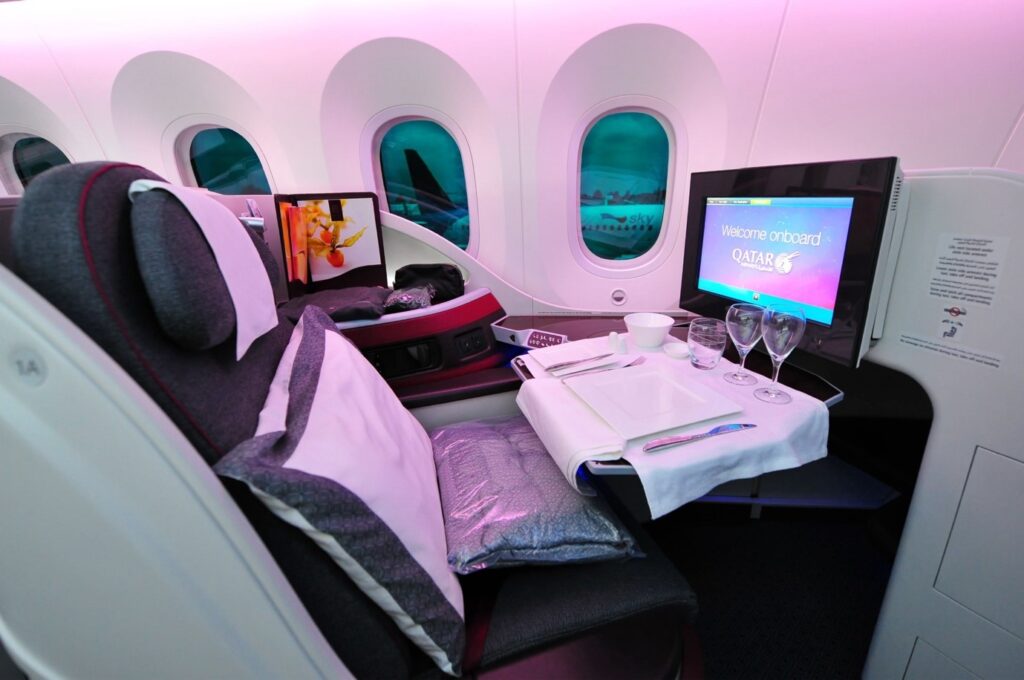
The Boeing 787 can seat up to 336 passengers in the same two-class configuration, which is 56 fewer passengers than the 777. The cabin width is 5.5 m (18 ft), a little shorter than that of the 777.
Technical specifications
The table below provides an overview of the technical specifications for each variant of the Boeing 777 and 787 series, allowing for easy comparison of their dimensions, capacity, range and speed.
| Specification | 777-200 | 777-200ER | 777-200LR | 777-300 | 777-300ER | 787-8 | 787-9 | 787-10 |
| Length | 63.7 m | 63.7 m | 63.7 m | 73.9 m | 73.9 m | 57 m | 63 m | 68 m |
| Wingspan | 60.93 m | 60.93 m | 64.8 m | 60.93 m | 64.8 m | 60 m | 60 m | 60 m |
| Seating capacity (2-class) | 313 | 313 | 317 | 392 | 392 | 248 | 296 | 336 |
| Range | 9,480 km (5,120 nm) | 13,900 km (7,510 nm) | 17,205 km (9,290 nm) | 10,820 km (5,845 nm) | 13,650 km (7,370 nm) | 13,530 km (7,305 nm) | 14,010 km (7,565 nm) | 11,730 km (6,330 nm) |
For an airline seeking new aircraft with an extended operational range to cover longer distances without the need for frequent refueling or en-route landings, opting for the 777 model would generally be advisable. However, it’s worth noting that the 787 holds a slight speed advantage over the 777. On the 777, the maximum speed is typically Mach 0.89, whereas on the 787, it’s Mach 0.90.
Note: Specifications can vary based on airline configuration and model.
Engine differences
The Boeing 777 aircraft employs a range of engines based on its specific variant. These include the Pratt & Whitney PW4000, the Rolls-Royce Trent 800, and the General Electric GE90 engines. In contrast, the Dreamliner 787 is powered by either the General Electric GEnx or the Rolls-Royce Trent 1000 engines.
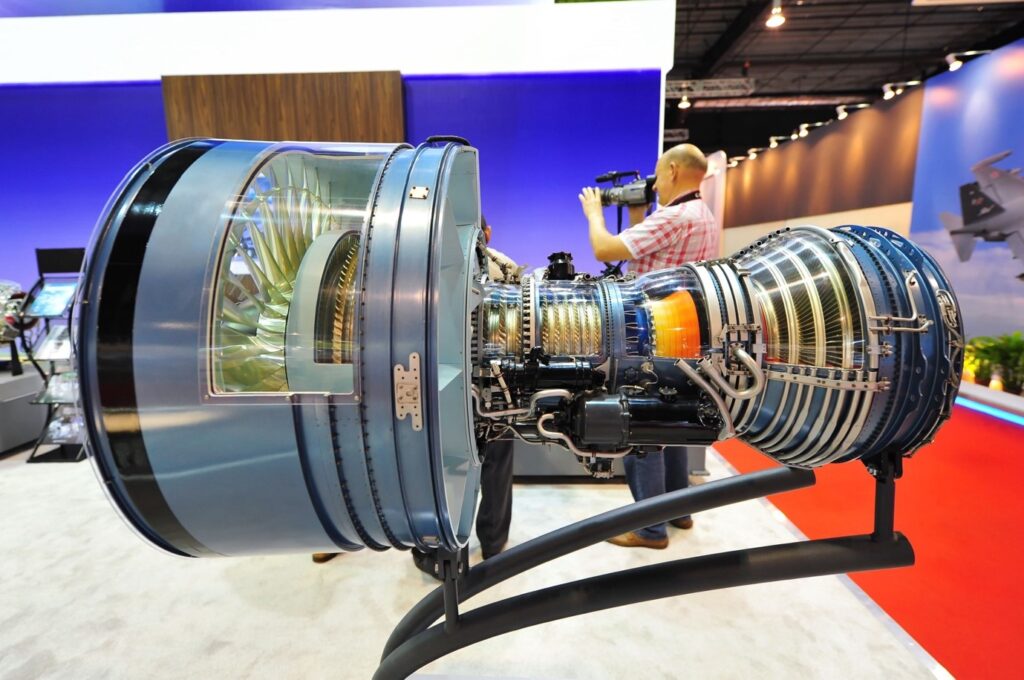
A notable difference lies in the thrust these engines can generate. The GE90, utilized in the Boeing 777, is a powerhouse capable of producing a thrust of 110,000 to 115,300 pounds-force (lbf). In comparison, both General Electric and Rolls-Royce engines used in the 787 provide a thrust of around 76,000 lbf.
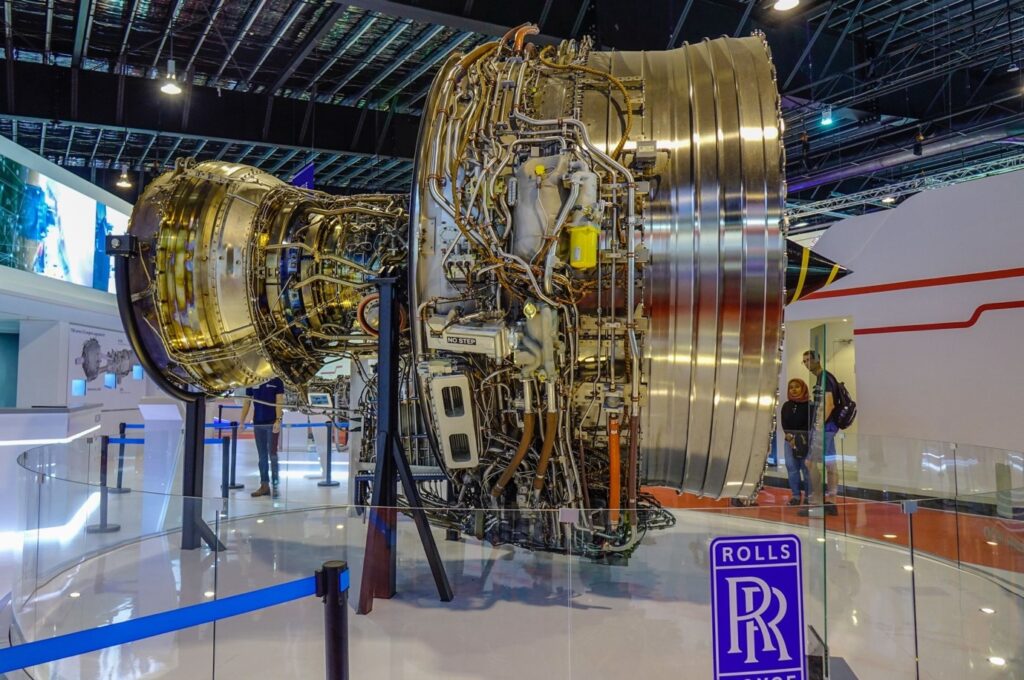
As such, we can conclude that the Boeing 777, specifically one with the GE90 engine, possesses a significantly higher thrust capability compared to the engines used in the Boeing 787.
Fuel efficiency
The Boeing 787 is generally considered more fuel-efficient than the Boeing 777, due to its lightweight composite materials and aerodynamics.
According to information from All I Know About Aviation, the fuel consumption of the 777 series ranges from 6,080 to 7,500 liters per hour, with variations according to the specific variant. In contrast, the 787 demonstrates a notably improved performance, with fuel consumption typically falling within the range of 4,900 to 5,600 liters per hour.
On long-haul flights, the Boeing 777-300ER demonstrates a fuel consumption rate of 2.9 L/100 km per seat. In comparison, the Boeing 787-10 achieves a more efficient performance, consuming 2.27 L/100 km of fuel.
This means that the Boeing 787-10 saves 0.63 liters of fuel per 100 kilometers flown per seat, when compared to the Boeing 777-300ER.
While it might not appear significant, over the duration of an extended flight this seemingly small difference can accumulate into substantial savings. Furthermore, it enables numerous airlines to provide lower fares for long-haul routes.
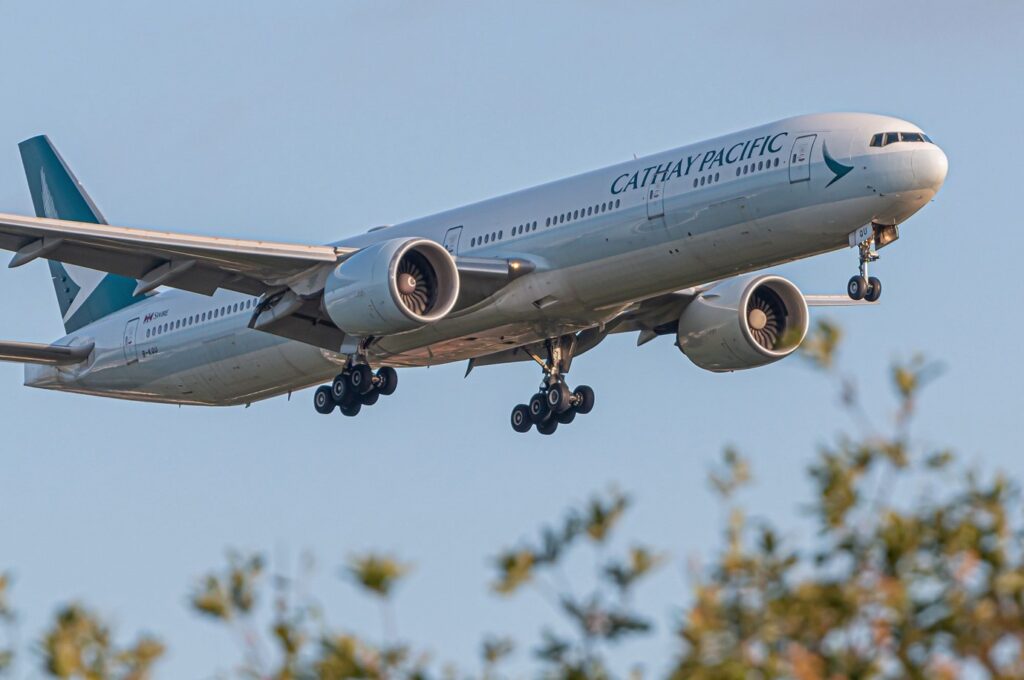
Safety considerations
Both the Boeing 777 and the Boeing 787 adhere to stringent safety standards set by aviation authorities worldwide. These aircraft are equipped with the latest safety systems, including advanced avionics, redundant control systems and enhanced monitoring capabilities.
Nevertheless, as of August 2022, the Boeing 777 had been involved in 31 aviation accidents and incidents. Among these, there were a total of eight hull losses, consisting of five incidents during flight and three that occurred on the ground, including three hijackings. Tragically, these events have resulted in a total of 541 fatalities.
In contrast, up until March 2023, the Boeing 787 had been associated with seven incidents and accidents. Remarkably, none of these occurrences led to any fatalities, and the aircraft in question sustained no hull losses.
However, it’s important to note that the Boeing 787 only entered service in 2009, while the Boeing 777 has been operational since 1995, and inevitably this will account for some of the difference between these statistics.
The average incident rate per year since it entered service for the 787 is 0.5, whereas for the 777, it stands at 1.25.
Price
Note: these are orientational prices only and manufacturers base the prices on a variety of factors such as customization, bulk orders, and negotiations between airlines and manufacturers.
As of March 2022, the average cost of a Boeing 777-200ER stood at $306 million. The Boeing 777-9, listed at $442 million, ranks among Boeing’s highest-priced models.
On the other hand, the cheapest model of these two aircraft families is Boeing 787-8 which costs $248 million, whereas the Boeing 787-10 costs $338 million.
While the initial purchase price can vary based on configuration, the long-term operational savings from improved fuel efficiency are a key factor for airlines.
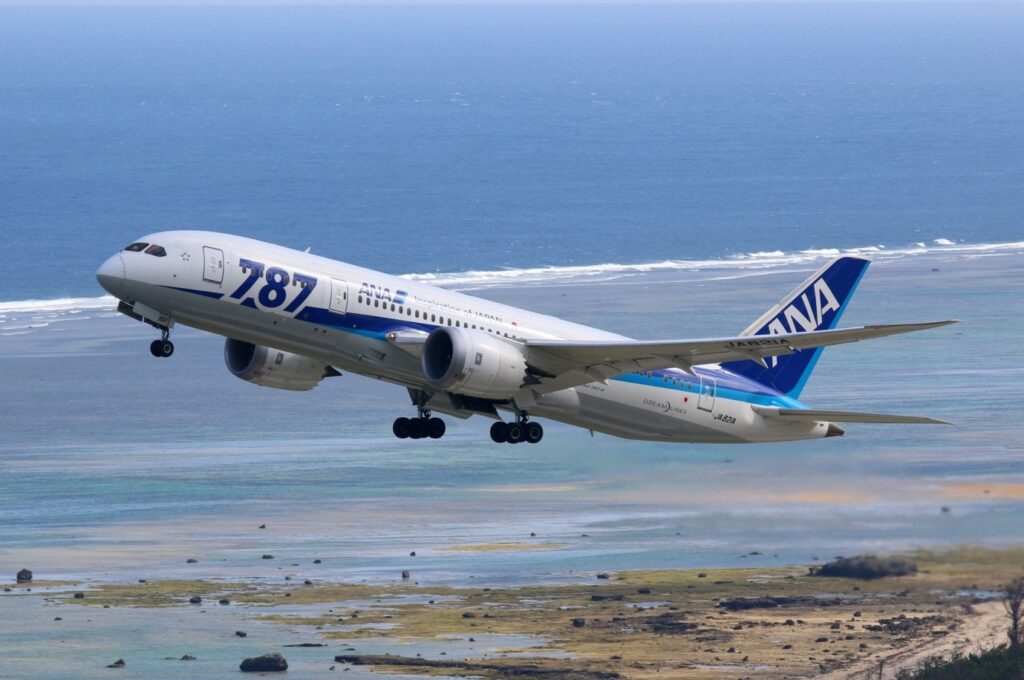
Orders and deliveries
As of July 2023, the Boeing 777 had received 2,150 orders and 1,713 deliveries. Emirates leads with the highest airline orders at 255, followed by Qatar Airways with 159 and Singapore Airlines with 116.
The Boeing 787 had notched up 1,756 orders and 1,072 deliveries. United Airlines leads with the highest order at 171 aircraft.
To sum up Boeing 777 vs 787:
Passenger experience
- Boeing 777 has spacious cabins with wide seats and reduced noise.
- Boeing 787 has larger windows and advanced comfort features.
Specifications
- Boeing 777 offers a larger passenger capacity and a longer range.
- Boeing 787 is more fuel-efficient and marginally faster.
Engines
- Boeing 777 boasts a high-thrust GE90 engine.
- Boeing 787 uses GE or Rolls-Royce engines.
Safety
- Boeing 777 has been involved in more incidents and fatalities.
- Boeing 787’s safety record has been influenced by its shorter service time.
Price
- Boeing 777 ranges from $306M to $442M.
- Boeing 787 ranges from $248M to $338M.
Orders and deliveries
- Boeing 777: 2,150 orders, 1,713 deliveries.
- Boeing 787: 1,756 orders, 1,072 deliveries.

